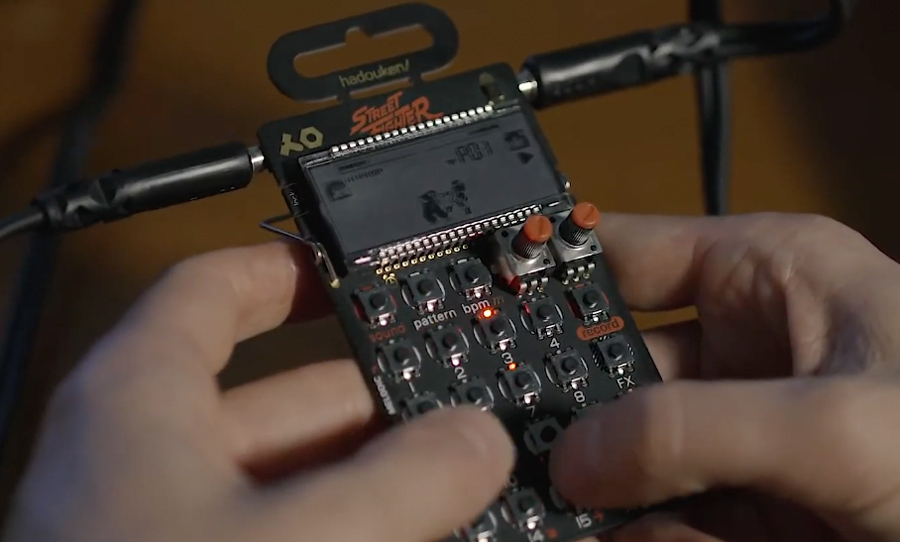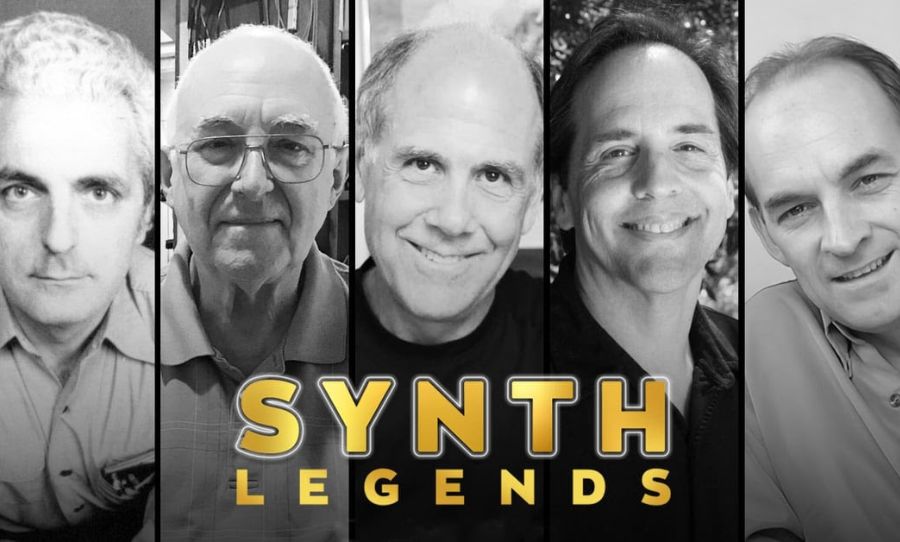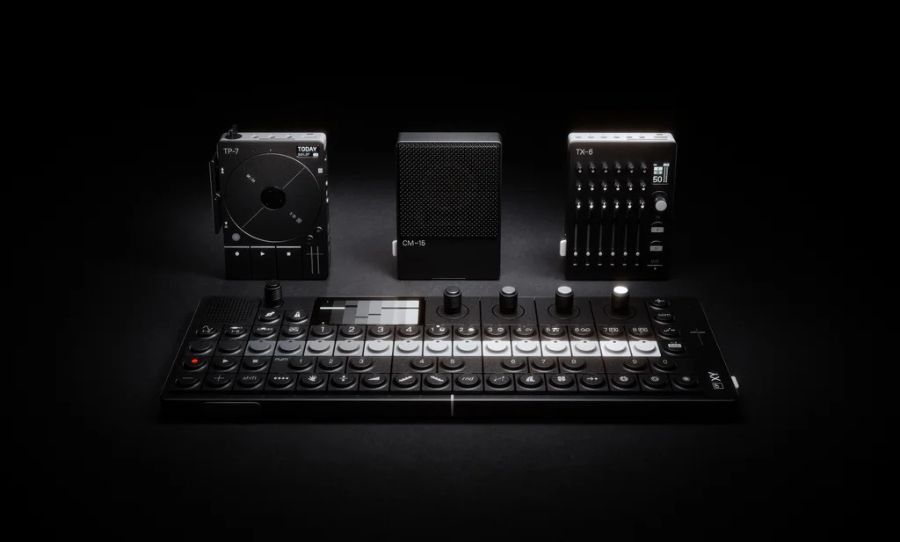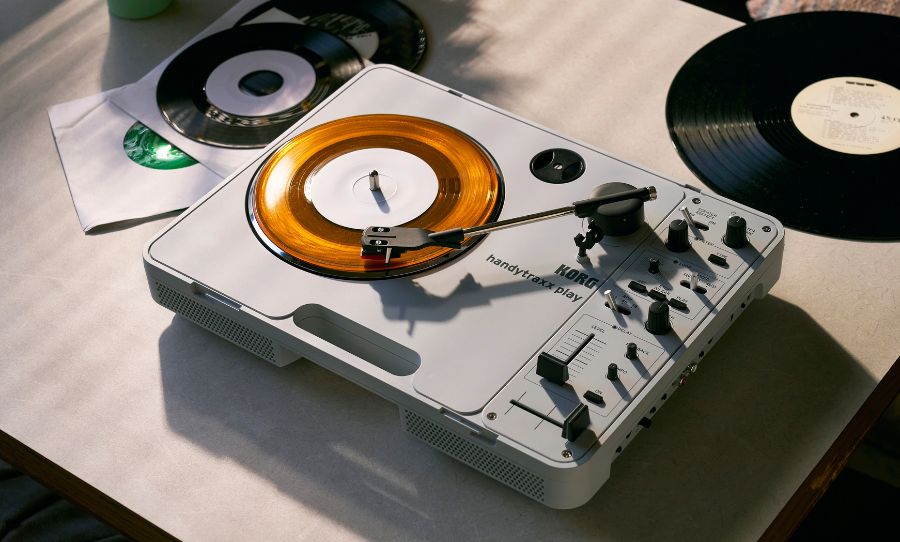The synthesizer has become a performance staple over the years. The field has never been so diverse. Here are the best you can get in 2021.
Since its creation, the synthesizer has been used to stretch sonic possibilities, allowing for electronic music to really stand on its own as a creative and exploratory genre. In the hands of artists like Sun Ra, Keith Emerson, Stevie Wonder, Kraftwerk and Gary Numan, the synthesizer became the secret weapon, used to shatter boundaries and clichés in all kinds of music.
In 2021, there are a plethora of options to choose from when searching for a synth, from vintage recreations to modern masterpieces. Here is a list of the best you can get your hands on right now.
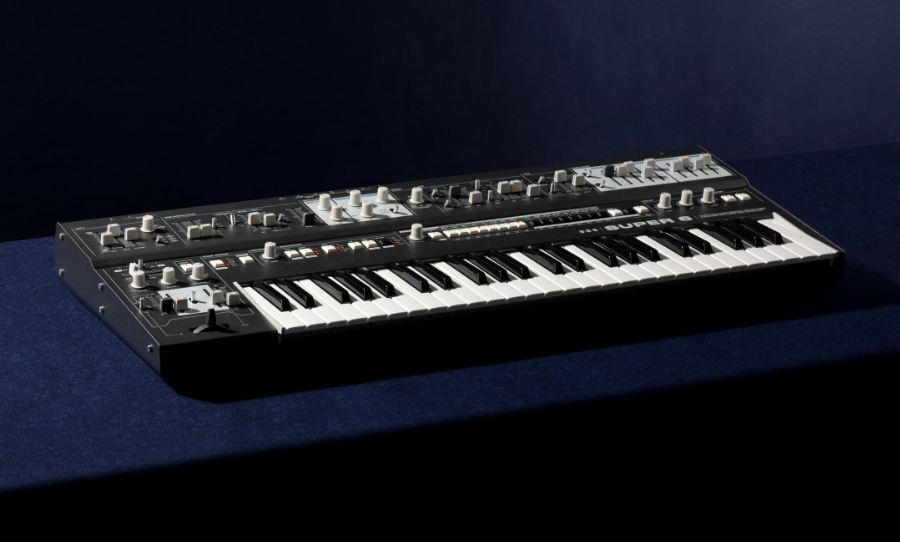
Roland Jupiter-X
Sure, it’d be a bit obvious to suggest that yes, you should definitely try out a Roland Jupiter-8. The only problem is that the original tends to be as rare as hen’s teeth… and costs more than a car. Luckily for us mere mortals, this legendary polysynth is back in the form of the Jupiter-X.
The sounds are generated from digital oscillators, but only the most strident of analog-heads will be put off by that. It’s a powerful, fully-featured sound crafting machine, ready for when you’re searching for an all-purpose touring or studio behemoth.
Read more about the Jupiter-X on the Roland website.
IK Multimedia UNO Synth Pro
Don’t be fooled by its desktop-friendly size — the UNO Synth Pro is definitely deserving of the ‘pro’ moniker. The three-analog oscillator paraphonic beast has plenty of options for crafting “nearly any analog synth sound you can imagine.”
It also comes in two guises, a micro-version that can be powered via USB, or a larger (but still compact) option that features a premium FATAR keybed for all your shredding requirements. With arpeggiation, deep sequencing capabilities and a massive library of presets and effects, there’s a lot to explore here.
Read more on the UNO Synth Pro on the IK Multimedia website.
KORG ARP 2600 M
What can we say, KORG are killing it of late. Surely one of the biggest ticket items to emerge from the recent Winter NAMM 2021 was the reimagining (or should we say resizing?) of the ARP 2600. This one is called the ARP 2600M.
If you’re into a semi-modular workflow, this is the synth for you. Many an enthusiast will tell you that the original ARP 2600 perfected the art, so KORG has taken the original blueprint and made it just a touch smaller, to fit inside your studio.
Read more on the ARP 2600M on the KORG website.
Teenage Engineering Capcom series Pocket Operators
Hadouken! If you like to have a serious amount of fun with your synths and have a secret penchant for arcade games of the ’80s (don’t we all), the Capcom series from Swedish design and synth lords Teenage Engineering is about to scratch that itch for you.
Based on the tones of Mega Man and Street Fighter, you’ll be mainlining fuzzy, 8-bit nostalgia before you know it. And if you’re a fan of Teenage Engineering’s Pocket Operators you’ll already know about their intuitive sequencing and real-time effects capability.
Read more about the Capcom series on the Teenage Engineering website.
Waldorf Kyra
The Waldorf Kyra is a powerful, beautifully designed virtual analog synthesizer. With its 128 voice polyphony, 8 part multi-timbral feature, 4 stereo pairs of balanced outs, and ability to be used as an audio interface by streaming 8 digital stereo channels over USB at once, it is a beast.
Some other features include 10 oscillators (with 4,000 unique waveforms available) per voice, 2 multi-mode filters per voice, 3 LFOs per voice, and 3 envelope generators per voice. An interesting feature of the Kyra is its Field-Programmable Gate Array engine, which allows you to update the unit while also being cost-effective.
Read more about the Kyra on the Waldorf website.
Arturia PolyBrute
The 61-note, 6 voice, PolyBrute includes pretty much everything you could ever want in a synth, all under one roof. The all-analog synthesizer aims for expression by including a 3-dimensional Morphée pad, Velocity, and ‘deluxe action’ Aftertouch. Also included in the synth is a pair of filters, 3 LFOs, 3 envelope generators, and Arturia’s Matrix.
The Matrix acts both as a sequencer and a way to access presets, which Arturia describes as “The digital brain for PolyBrute’s analog heart”. Through the Matrix, you can also route your modulation sources and controllers, as well as adjust the modulation sources and destinations to “deepen your morphing contrast and colour”.
Read more about the PolyBrute on the Arturia website.
Sequential Prophet 5
Reborn out of the original 1978 model, Sequential’s Prophet 5 offers up the best features of one of the most historically important synthesizers. The analog synth uses genuine Prophet 5 components, with one of the updates being a Vintage knob, which allows you to dial in old-school randomness.
Along with this, there is Velocity and Aftertouch included on the keyboard, the PolyMod and Enhanced Unison mode, as well as MIDI and CV ins/outs. The knob-per-function design, 200 factory presets, and 200 rewritable presets are all things that leave this rework of a vintage synthesizer still on top.
Read more about the Prophet 5 on the Sequential website.
Elektron Analog Four
The Analog Four, now available in black, is a distinct four-voice polyphonic analog tabletop synthesizer. Elektron manages to provide analog tone with digital accuracy, offering an OLED screen to let you see what you need, while the abundance of buttons and knobs allow you to immediately access what you’re hearing in your head.
The Analog Four also offers CV/Gate sequencing, DIN sync outputs, and Class Compliant USB Audio so you can station it on your desktop as your interface too. There’s so much packed into this synth, and the extremely high build quality of Elektron only makes this a more tempting option for sound design and beat-making.
Read more about the Analog Four on the Elektron website.
Waldorf Quantum
I think it would be safe to say the Waldorf Quantum is the modern synthesizer. While there are plenty of re-imaginings of vintage nostalgia, the Quantum seeks to break the mould and expand on what a synthesizer can be. Whether this is through its 70 knobs, 8 voices with 3 oscillators per voice, or high-resolution multi-touch display and multi-colour LEDs, this is a machine made for designing sound at the highest level.
Each of the oscillators offers 4 synthesis algorithms: Waldorf-style Wavetables, Classic Synthesizer Waveforms, Granular Sampler, and Resonator. Some other of the many highlights include 6 polyphonic LFOs, up to 10,000 available patches, a dual-timbral function, 4GB of internal flash memory, and its extensive modulation matrix.
Read more about the Quantum on the Waldorf website.
Novation Summit
The Summit is a combination of two Peaks, Novations most popular desktop synthesizer. The Summit adds a 61-key semi-weighted keyboard and a new voice section with five mono and poly modes, along with bi-timbral operation, plus new hardware and software features.
So more than just two Peaks in one, the Summit delivers on a feature-packed 16 voice synthesizer. One of the best features is the ability to run two patches at once, either split or stacked, something you can now do without carrying around twin Peaks!
Read more about the Summit on the Novation website.
Moog One
The One is Moog’s latest flagship synthesizer and its first polyphonic synth in decades. Available in 8 or 16-voice configurations, the Moog One is tri-timbral, with the voice circuits being equipped with three dual-output analogue VCOs, two independent analogue filters, a dual-source analogue noise generator, an analogue mixer with external audio input, four LFOs, and three envelope generators.
This heavy-hitter is a modern take on Moog’s historic legacy, offering 64 presets, 200 knobs and switches, and a sequencer, arpeggiator, and onboard effects library included in each of the 3 available timbres.
You can read more about the One on the Moog website.
Korg opsix
Recently announced this new FM synthesizer packs a lot into its compact case. The Korg opsix draws parallels between the vintage DX7 and the modern desktop wonder, Volca FM. The opsix does FM its own way, however, offering a multitude of waveforms in its tried-and-true 6 operator engine.
It also features 11 filter types, spectrum analyser, oscilloscope, and an intuitive light display to indicate whether a parameter affects a carrier (red) or a modulator (purple). You can also run 3 of the available 30 effects at one time or make use of the arpeggiator or 16-note sequencer.
Read more about the opsix on the Korg website.
UDO Super 6
At first glance, the UDO Super 6 looks like a drop-dead classic. Hyped up from the start, this synthesizer lives up to it, featuring 12-note polyphony, a 4-octave keyboard, a variety of faders, buttons, and pots, all housed in this beautiful metal chassis. The exclusion of a screen here was deliberate too, providing distraction-free exploration.
The binaural mode essentially allows you to modulate and detune the two stereo oscillators allowing for some diverse and unique spatial effects. There’s a lot more to cover here, and it’s definitely worth checking out if you’re looking for something different that does its own thing extremely well.
Read more about the Super 6 on the UDO website.
Arturia MicroFreak
Finally, we arrive at the Arturia MicroFreak. It’s a flexible and versatile instrument that you can chuck in your backpack, weighing just one kilogram. This synthesizer offers an extensive oscillator section, polyphonic aftertouch, MIDI I/O and MIDI over USB.
You can power the MicroFreak with the regular DC adapter or via the USB socket, allowing you to run it from your laptop’s power. The CV/Gate provides a simple connection to Eurorack and the Modulation Matrix brings this small synth into a league filled with bigger, heavier, and more expensive competition.
Read more about the MicroFreak on the Arturia website.
